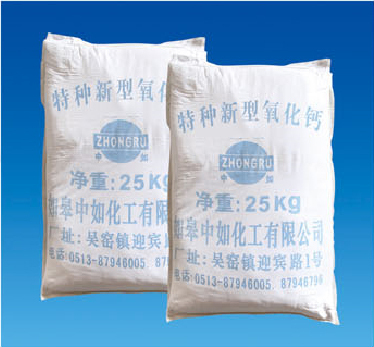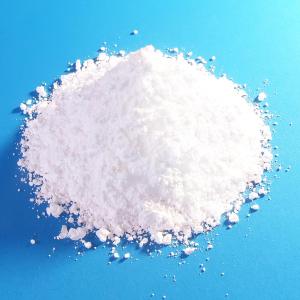Overview of calcium
Calcium oxide as a basic oxide, white or band gray lumps or particles. Sensitive to moisture. Easy uptake of carbon dioxide and moisture from the air. Reacts with water to produce calcium hydroxide and produces a large heat, which is soluble in acid, glycerol, and sucrose solutions and practically insoluble in ethanol. Relative density 3.32 ~ 3.35. MP 2572 ° C. B.P. 2850 ° C. Refractive index 1.838. Erosive.
The application of calcium
1. May be used as filler, e.g.: as filler of epoxy adhesions;
2. Used as analytical reagent, gas analysis when used as carbon dioxide absorbents, spectroscopic analytical reagents, high-purity reagents used in the epitaxy, diffusion procedure in semiconductor production, thousand drying of laboratory ammonia gas and deashing of alcohols I water, etc.
3. Used as raw materials, can make stones, pure alkali, bleach powder, etc., also used in tannery, wastewater purification, calcium hydroxide and various calcium compounds;
4. Can be used as a fluxing agent for building materials, metallurgical fluxes, cement speed coagulants, phosphors;
5. Used as vegetable oil decolorizer, drug carrier, Soil Ameliorant, and calcium monthly bar;
6. It can also be used in refractory materials, desiccants;
7. Agromers No. 1, 2 and underwater epoxy adhesions may be formulated and also used as reac - tants pre reacted with 2402 resins;
8. For acidic wastewater treatment and sludge conditioning;
9. It can also be used as a boiler to stop protecting agent, using the moisture sorption capacity of lime to keep the metal surface of the boiler water vapor system dry and prevent corrosion, and is suitable for the long-term shutdown protection of low-pressure, medium pressure, and small volume steam wrapped boiler;
10. The inflection hydroxide can be prepared by reaction with water, and the reaction equation: Ca 〇 + H 20 = = Ca (〇 h) 2, belongs to the reaction;
11. Do desiccant.












